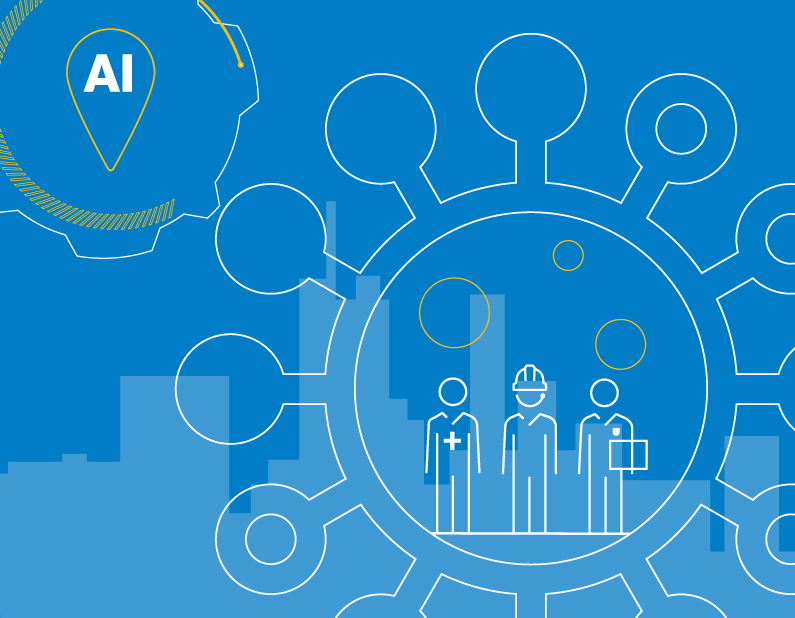Covid-19 and the workforce: Critical workers, productivity, and the future of AI
In less than two months, covid-19 created arguably the world's largest collective shift in social activity and working practices. Research firm Global Workplace Analytics estimated in a 2018 report that 4.3 million people in the US worked remotely, representing just 3.2% of the country's workforce. In a March 2020 poll of 375 executives by MIT Technology Review Insights, over two-thirds reported that more than 80% of their workforce is now working remotely.
As business leaders have sought to safeguard not only the health of staff, but the health and productivity of their companies, the pandemic has thrown up many questions-some that require immediate answers, others that need a longer-term plan. This report explores a new data set, developed by future-of-work software company Faethm, to examine the degree to which business critical" jobs across industries are remoteable," and to what extent those jobs could be supported with artificial intelligence (AI) and automation technologies in the future. Its key findings are as follows:

- Directly related to the covid-19 pandemic, between 32 and 50 million US jobs could be increasingly assisted by technology to reduce health risks posed by human interaction and safeguard productivity in a time of crisis.
- Rarely, if ever before, have business managers navigated such a confluence of events as the covid-19 outbreak is triggering today, which combines immediate social and economic shocks with potentially repositioning the technology roadmap for their business around AI, automation, and the future of work.
- Many specialist jobs can benefit from greater augmentation with AI. These include specialist medical roles such as anesthesiologists, nurses, and health technologists. Increased use of technology to augment those roles will likely make them more valuable and resilient in any future pandemic.
- Jobs where AI assistance is currently less feasible may be targets for innovation. Roles such as cashiers, servers, and drivers, whose constituent tasks can be fully automated, may be at risk as retailers and restaurants will over time seek to operate with fewer staff.
- Pandemic preparedness will speed up AI deployment and accelerate the pace of AI innovation in high-risk job categories, causing both job-positive" and job-negative" effects. The broad deployment of AI in critical roles across health care and the supply chain will ultimately have a positive impact, making essential jobs safer and more effective, and boosting the readiness of economies such as the US to manage pandemics in the future.
Download the full report.